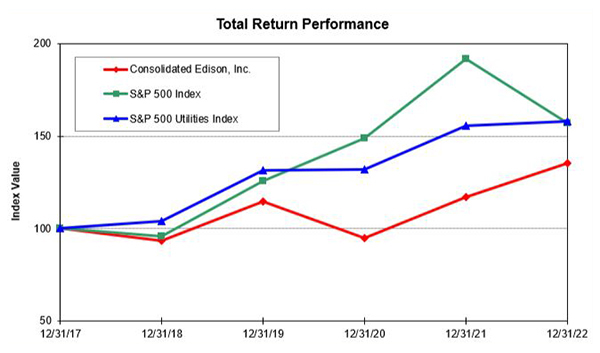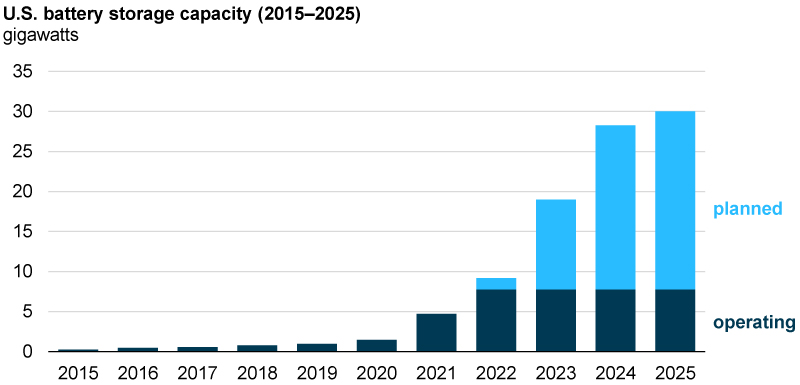FERC last week accepted a set of revisions to PJM’s tariff that the RTO proposed through its Quadrennial Review of the parameters underlying its Reliability Pricing Model (RPM) auctions (ER22-2984).
The Feb. 14 order accepted all the changes sought by PJM, sanctioning a market design with a steeper variable resource requirement (VRR) curve intended to procure a smaller amount of capacity hewing closer to the reliability requirement. The new paradigm also switches the reference resource used to determine the cost of new entry (CONE) from a combustion turbine to a combined cycle generator.
“This Quadrennial Review proposal was developed with an unprecedented level of stakeholder input and appropriately reflected stakeholder priorities,” PJM spokesperson Jeff Shields said in response to the order. “The new VRR curve is an improvement on the prior VRR curve, as it achieves a better balance between reliability and cost by procuring resources based on the reliability standard, thus meeting reliability requirements at a reasonable cost while incentivizing investment in new generation resources.”
Steeper VRR Curve
Pointing to market simulations conducted by the Brattle Group, PJM said the existing VRR curve over-procures capacity and results in an average loss-of-load expectation (LOLE) of one in 17 years, which it states is “significantly greater” than the target of one in 10. The new market design was simulated by Brattle to produce a LOLE of one in 14.
The new shape shifts the foot of the curve, the lowest point, about 2.2% to the left of the reliability requirement to “help prevent costly impacts of overestimations of net CONE, which would result in more reliability than expected,” PJM said in its filings.
PJM also changed the calculation for setting the capacity price cap, the highest point of the curve, to be set at the greater of the gross CONE or 1.75 times net CONE. The shift away from the current cap set at 1.5 times net CONE is intended to address the possibility that market conditions could change in the gap between the Base Residual Auction’s (BRA) and the delivery year and result in an underestimation of net CONE and therefore an under-procurement of capacity.
The PJM Power Providers (P3) protested the changes, saying that the steeper curve, combined with the other changes the RTO proposed, would result in increased volatility and compound the price impacts of each market design change. (See PJM Defends Quadrennial Review Parameters from Generator Protests.)
The Independent Market Monitor noted in its comments that the proposal moves closer to its recommendation of rotating the curve halfway toward a vertical demand curve, which would have created a much steeper curve. The Monitor’s analysis found that the recommendation would have reduced the 2023/24 BRA’s revenues by $406 million, or 18.5%. (See IMM Offers Mixed Review of PJM Quadrennial Review Docket.)
Forward-looking EAS Offset Calculation
The market design changes also include switching from using historical data to calculate energy and ancillary services (EAS) revenues to a forward-looking approach to calculating the EAS offset.
The change was supported by several environmental and public interest groups in a joint filing stating that a forward-looking EAS offset would be more responsive to an evolving resource mix, fuel prices and future market conditions.
The Monitor also supported the change, stating that the proposed approach reflects how investors evaluate the market and avoids overstated capacity market prices stemming from an EAS offset being based on historically low prices in the PJM markets as current and forward-looking energy prices have increased significantly.
In its protests, P3 said the use of futures prices would increase market uncertainty and volatility. By using proprietary data and models in its calculations, P3 also said that the proposal lacked transparency and limited market participants’ ability to estimate how future EAS revenues would be determined.
In accepting the forward-looking approach, the commission wrote that it relies on the same data developers use to assess project viability and that prices from liquor futures markets produce prices reflecting future conditions.
“We find that PJM’s proposed use of futures prices to calculate the EAS offset is just and reasonable because the record indicates that futures prices better reflect PJM market participants’ expectations of future market conditions as compared to historical electricity prices,” the commission said. “Indeed, P3 provides no evidence that market participants themselves use historical prices to predict future prices. PJM, on the other hand, supports its claim that market participants use futures prices.”
The commission also said that this was in line with an “almost identical” that it approved in 2020 (EL19-58).
PJM had previously sought to shift to using futures data as part of a 2019 filing revising its reserve markets and received FERC approval the following year, but the commission reversed itself in 2022. In overturning the previous order, the commission said its reversal of the reserve penalty factor and operating reserve demand curve (ORDC) “undermined the fundamental basis” for its determination that the historic offset was unjust and unreasonable. (See FERC Reverses Itself on PJM Reserve Market Changes.)
Change to Combined Cycle Reference Resource
Shifting away from its longtime usage of combustion turbines as the reference resource, PJM proposed to use a combustion cycle generator as the resource type that is most likely to be constructed to meet a capacity shortfall in the future. The RTO noted that the last combustion turbine built in its footprint was in 2018, and the Monitor wrote that no “significant level” of capacity has been installed since 1999.
P3’s protest stated concerns that using a combined cycle would come with a higher and more variable EAS offset. It said that higher profits in those markets could lead to a lower net CONE, lower relative capacity prices and ultimately less capacity clearing even if a higher supply is needed.
“Based on the record as a whole, we find P3’s concerns to be overstated,” FERC said. “As Brattle explains, perverse incentives will not be substantially different for combined cycle plants than for combustion turbines because both combined cycle plants and combustion turbines are usually operating as load approaches peak load, which is when energy prices are more sensitive to supply conditions.”
Amortization Period
The commission also overruled a protest from J-Power USA stating that the amortization period used in the calculation of gross CONE doesn’t take into account legislation that would shorten the lifespan of a generator, namely Illinois’ Climate and Equitable Jobs Act (CEJA).
The company pushed for a shorter amortization in the ComEd locational deliverability area (LDA) to reflect the requirement that generators be carbon free by 2045, which the protest said would result in the early retirement of gas generators, including the combined cycle unit reference resource.
The commission noted that PJM stated it would be inappropriate to change the period for the ComEd transmission zone without changing the parameters for the rest of the CONE area and that CEJA contains a carveout to allow generators to continue operating outside the emissions requirement if deemed necessary for reliability.
Danly and Christie Reluctantly Concur
Commissioner James Danly wrote that while he is in agreement that the Quadrennial Review filing meets the requirements of Federal Powers Act Section 205, he believes that the protests to its provisions show that the commission should consider a broader examination of PJM’s capacity market.
“The time is ripening for the commission to investigate whether the PJM rate construct (including the capacity market) is just and reasonable and not confiscatory,” he wrote. But in this section 205 proceeding, I agree — reluctantly — that PJM has made the required showing that these piecemeal proposals are just and reasonable.”
Commissioner Mark Christie also said that the larger functioning of the capacity market was the “elephant in the room” as the commission examined the Quadrennial Review.
“Moreover, we cannot ignore the events of last Dec. 24 and 25: Winter Storm Elliott,” Christie said. “One of the common criticisms over the years has been that the PJM capacity market procures too much capacity, yet during at least two recent extreme weather events — the polar vortex of 2014 and Winter Storm Elliot last December — PJM reportedly came very close to ordering rotating outages. … My point in this concurrence is not to analyze, favor or criticize earlier changes to the capacity market construct or propose new changes; my point is a larger one: that these events raise important broad questions about this capacity construct’s efficacy.”



